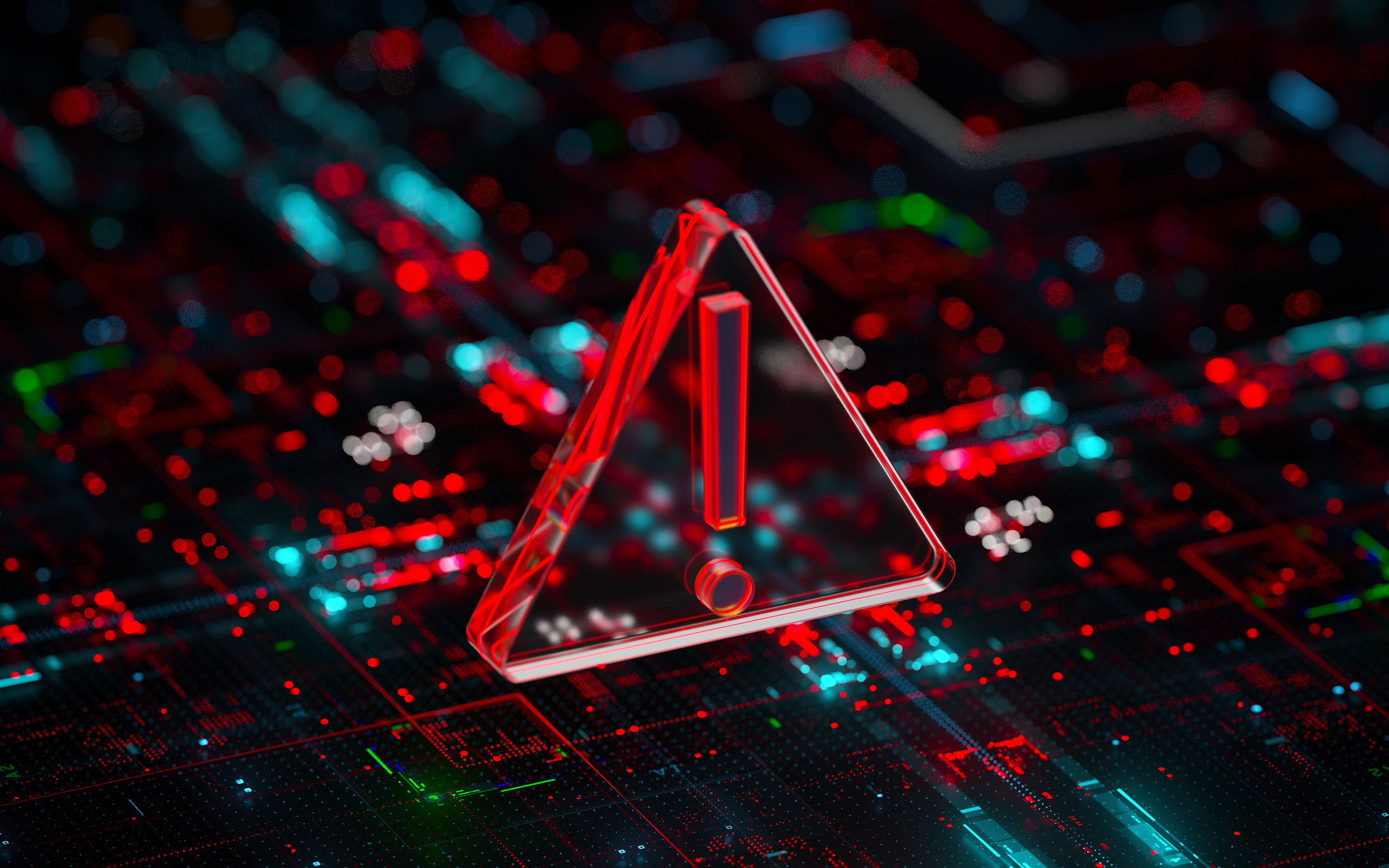Another COVID-19 Victim: The Touch Screen
Consumers will look askance at anything they’re asked to touch, leading to a surge in app usage and other alternatives to contacting public screens.
Businesses will have to rethink public touch screens as more customers see shared surfaces as an infection risk, no matter how often they’re cleaned.
ATMs, fast-food ordering terminals, displays in rental cars, airline kiosks and the like will get less use. Some people will carry special pens to tap the screens. Many firms will tout frequent cleaning or even offer free screen protectors to each user.
Expect customers to turn to their smartphones when they are able to. That gives many firms an opportunity to push their mobile apps, which figure to be in heavy demand.
From just $107.88 $24.99 for Kiplinger Personal Finance
Become a smarter, better informed investor. Subscribe from just $107.88 $24.99, plus get up to 4 Special Issues

Sign up for Kiplinger’s Free Newsletters
Profit and prosper with the best of expert advice on investing, taxes, retirement, personal finance and more - straight to your e-mail.
Profit and prosper with the best of expert advice - straight to your e-mail.
Voice commands and gesture recognition will be popular, but their utility is limited. Voice commands may not work in a crowded, noisy environment. Hand gestures can be inaccurate. But voice-activated speakers will win over more consumers who want to touch fewer surfaces in their homes, a boost for the smart-home market.
At the checkout, look for greater adoption of contactless payments, whether by phone or with debit and credit cards that have embedded chips that allow users to pay by simply putting the card close to a payment terminal rather than inserting it. Contactless payments generally take a few seconds and don’t require a signature, reducing the need to touch a payment terminal. The technology behind tapping a card and mobile payment services, such as Apple Pay and Google Pay, is interchangeable. If a merchant has a terminal that can accept a contactless card, it can also accept mobile payments.
Biometric fingerprint readers will see a steep decline, since they rely on users making physical contact with a device or screen. That raises huge red flags when there’s an infectious disease that is transmitted on shared surfaces. Even routine deep cleaning won’t be able to convince many people to press shared fingerprint readers.
Contact-free facial and iris detection will see a surge in interest. The techniques are commonly used by law enforcement, border control and at airports. India, which relies heavily on fingerprints for its national identification system, is facing the grim reality of a pandemic. The country has had to curb the technology’s use.
Profit and prosper with the best of Kiplinger's advice on investing, taxes, retirement, personal finance and much more. Delivered daily. Enter your email in the box and click Sign Me Up.

John Miley is a Senior Associate Editor at The Kiplinger Letter. He mainly covers AI, technology, telecom and education, but will jump on other business topics as needed. In his role, he provides timely forecasts about emerging technologies, business trends and government regulations. He also edits stories for the weekly publication and has written and edited email newsletters.
He holds a BA from Bates College and a master’s degree in magazine journalism from Northwestern University, where he specialized in business reporting. An avid runner and a former decathlete, he has written about fitness and competed in triathlons.
-
 Dow Adds 646 Points, Hits New Highs: Stock Market Today
Dow Adds 646 Points, Hits New Highs: Stock Market TodayIt was "boom" for the Dow but "bust" for the Nasdaq following a December Fed meeting that was less hawkish than expected.
-
 5 Types of Gifts the IRS Won’t Tax: Even If They’re Big
5 Types of Gifts the IRS Won’t Tax: Even If They’re BigGift Tax Several categories of gifts don’t count toward annual gift tax limits. Here's what you need to know.
-
 The 'Scrooge' Strategy: How to Turn Your Old Junk Into a Tax Deduction
The 'Scrooge' Strategy: How to Turn Your Old Junk Into a Tax DeductionTax Deductions We break down the IRS rules for non-cash charitable contributions. Plus, here's a handy checklist before you donate to charity this year.
-
 What to expect from the global economy in 2026
What to expect from the global economy in 2026The Kiplinger Letter Economic growth across the globe will be highly uneven, with some major economies accelerating while others hit the brakes.
-
 The AI Boom Will Lift IT Spending Next Year
The AI Boom Will Lift IT Spending Next YearThe Kiplinger Letter 2026 will be one of strongest years for the IT industry since the PC boom and early days of the Web in the mid-1990s.
-
 Amid Mounting Uncertainty: Five Forecasts About AI
Amid Mounting Uncertainty: Five Forecasts About AIThe Kiplinger Letter With the risk of overspending on AI data centers hotly debated, here are some forecasts about AI that we can make with some confidence.
-
 Worried About an AI Bubble? Here’s What You Need to Know
Worried About an AI Bubble? Here’s What You Need to KnowThe Kiplinger Letter Though AI is a transformative technology, it’s worth paying attention to the rising economic and financial risks. Here’s some guidance to navigate AI’s future.
-
 Will AI Videos Disrupt Social Media?
Will AI Videos Disrupt Social Media?The Kiplinger Letter With the introduction of OpenAI’s new AI social media app, Sora, the internet is about to be flooded with startling AI-generated videos.
-
 What Services Are Open During the Government Shutdown?
What Services Are Open During the Government Shutdown?The Kiplinger Letter As the shutdown drags on, many basic federal services will increasingly be affected.
-
 The Economy on a Knife's Edge
The Economy on a Knife's EdgeThe Letter GDP is growing, but employers have all but stopped hiring as they watch how the trade war plays out.
-
 Banks Are Sounding the Alarm About Stablecoins
Banks Are Sounding the Alarm About StablecoinsThe Kiplinger Letter The banking industry says stablecoins could have a negative impact on lending.

